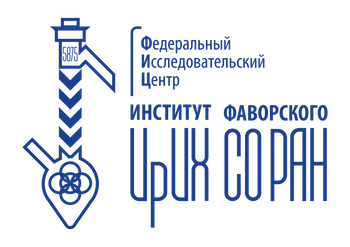Опубликована статья: Zhuravleva I.Yu., Karpova E.V., Oparina L.A., Poveschenko O.V., Surovtseva M.A., Titov A.T., Ksenofontov A.L., Vasilieva M.B., Kuznetsova E.V., Bogachev-Prokophiev A.V., Trofimov B.A. Cross-linking method using pentaepoxide for improving bovine and porcine bioprosthetic pericardia: a multiparametric assessment study // Materials Science & Engineering C. – 2021. – V. 118. – P. 111473 (1-16). IF 7,328. Q1 01.01.2021. DOI: 10.1016/j.msec.2020.111473
Abstract: Bioprosthetic heart valves made from bovine pericardium (BP) and porcine pericardium (PP) preserved with glutaraldehyde (GA) are commonly used in valve surgeries but prone to calcification in many patients. In this study, we compared BP and PP preserved with GA, ethylene glycol diglycidyl ether (DE), and 1,2,3,4,6-penta-O-{1-[2-(glycidyloxy)ethoxy]ethyl}-d-glucopyranose (PE). We studied the stabilities of DE and PE in preservation media along with the amino acid (AA) compositions, Fourier-transform infrared spectra, mechanical properties, surface morphologies, thermal stability, calcification, and the cytocompatibility of BP and PP treated with 0.625% GA, 5% DE, 2% PE, and alternating 5% DE and 2% PE for 3 + 11 d and 10 + 10 d, respectively. Both epoxides were stable in the water-buffer solutions (pH 7.4). DE provided high linkage densities in BP and PP owing to reactions with Hyl, Lys, His, Arg, Ser, and Tyr. PE reacted weakly with these AAs but strongly with Met. High cross-linking density obtained using the 10 d + 10 d method provided satisfactory thermal stability of biomaterials. The epoxy preservations improved cytocompatibility and resistance to calcification. PE enhanced the stress/strain properties of the xenogeneic pericardia, perhaps by forming nanostructures that were clearly visualised in BP using scanning electron microscopy. The DE + PE combination, in an alternating cross-linking manner, thus constitutes a promising option for developing bioprosthetic pericardia.
Поздравляем авторов статьи и желаем дальнейших успехов!
Пресс-центр ИрИХ СО РАН














